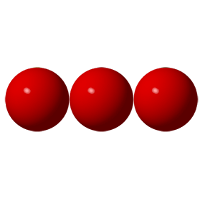In the first article of my series From JavaScript developer to JavaScript engineer titled From JavaScript developer to JavaScript engineer: Re-implementing ECMAScript 2015’s String.prototype.repeat() method I’ve discussed how computer science concepts can help in writing better and more elegant software. Specifically, I’ve demonstrated how to use appropriate algorithms and data structures, together with techniques like memoization, to re-implement the String.prototype.repeat() method so that it’s blazing fast.
In this second article of the series, I’ll discuss how important is reasoning about the problem we’re facing. To do that, I’ll analyze the problem of finding all celebrities in a set of people.
If you want to take a look at the final solution, you can either go to the section An efficient solution or browse my Interview questions repository on GitHub.

